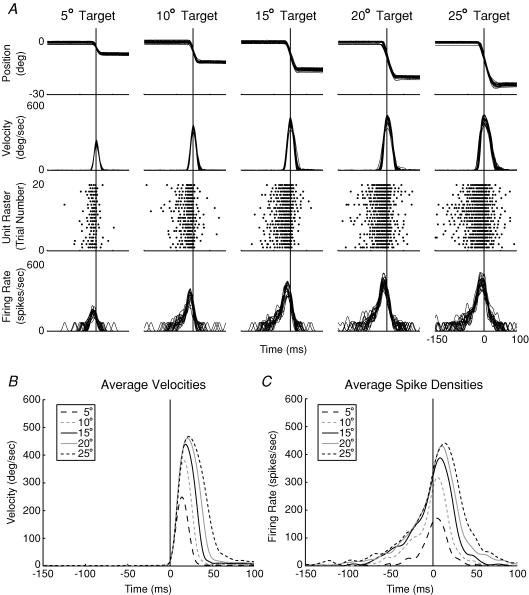Figure 1. cMRF neurone tightly coupled to eye movement.
A, sample eye position, eye velocity, unit raster and spike densities traces (respective rows from top to bottom) for contraversive visually guided saccades made to progressively larger leftward targets (20 trials for each target, individual trials shown overlaid). All trials are aligned on peak saccade velocity (vertical lines). Saccade trajectories and velocities to individual targets are similar, showing little variance. Saccade velocity increases for progressively larger targets up to ∼20 deg where it begins to saturate (peak velocities for 20 deg or 25 deg targets are similar). The number of spikes generated by the neurone increased for larger saccades. Likewise, the peak discharge and burst duration for larger saccades increased in conjunction with similar increases in peak velocity and saccade duration. B, the average velocities for all trials to each target, realigned on saccade onset. Note the clear increase in saccade velocity and duration for larger saccades. C, average spike densities for saccades to each target, aligned on saccade onset (vertical line), demonstrate that the neuronal discharge mirrors the relationship to peak velocity and duration, even when peak velocity begins to saturate. Long-lead activity begins ∼100 ms before the largest saccades and robust burst activity proceeds saccade onset by ∼20–50 ms.

